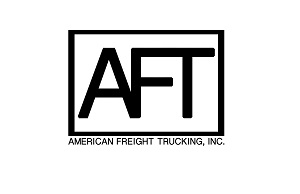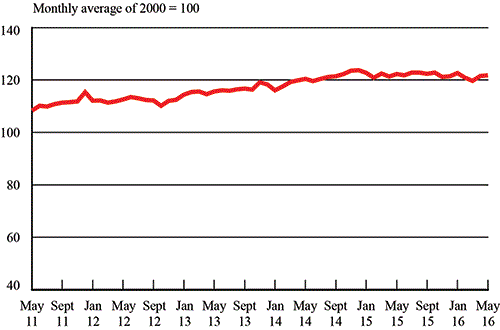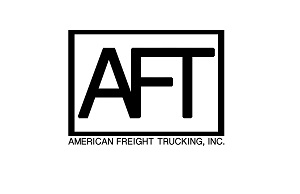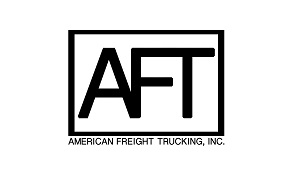Class Action Lawsuit Against Swift Re-Approved By Appeals Court

An Arizona Court of Appeals has overturned a previous superior court ruling, allowing a more than decade old class-action lawsuit against Swift Transportation to proceed.
In 2015, a trial judge denied the original approval of a class action lawsuit designation for the case, according to The Arizona Republic. The new ruling by the Court of Appeals overturns that trial judge's ruling.
In a court document, the Court of Appeals stated that Swift failed to show that the case would be unmanageable as a class-action suit and said that “Arizona law applies to the drivers' claim for breach of the duty of good faith and fair dealing.”
The new ruling does not decide in favor or against the actual claims made in the case, but states that based on the defense and accusations made so far in the history of the lawsuit, there is enough validity for it to continue forward to trial.
The original 2005 lawsuit claimed that Swift cheated its drivers out of compensation and involved as many as 80,000 truckers employed by the company at the time. Swift is accused of using the Household Mover's Guide, which produced mileage figures that are less than actual miles driven, to calculate mileage driven compensation and did so without disclosing that information to the drivers.
The lawsuit claimed that, in some cases, compensation was shorted by up to 10% compared to actual miles driven. While both sides have argued whether the drivers were adequately informed of Swift's decision to use the HHG mileage standard and if it constituted a breach of contract, at the center of the case still remains the question of whether the carrier was acting in good faith by using it in the first place.
Swift has denied in court any wrongdoing.
For the full Appeals Court opinion, click here.
Related: Lawsuit Against Swift Transportation Certified as Class Action
Follow @HDTrucking on Twitter









